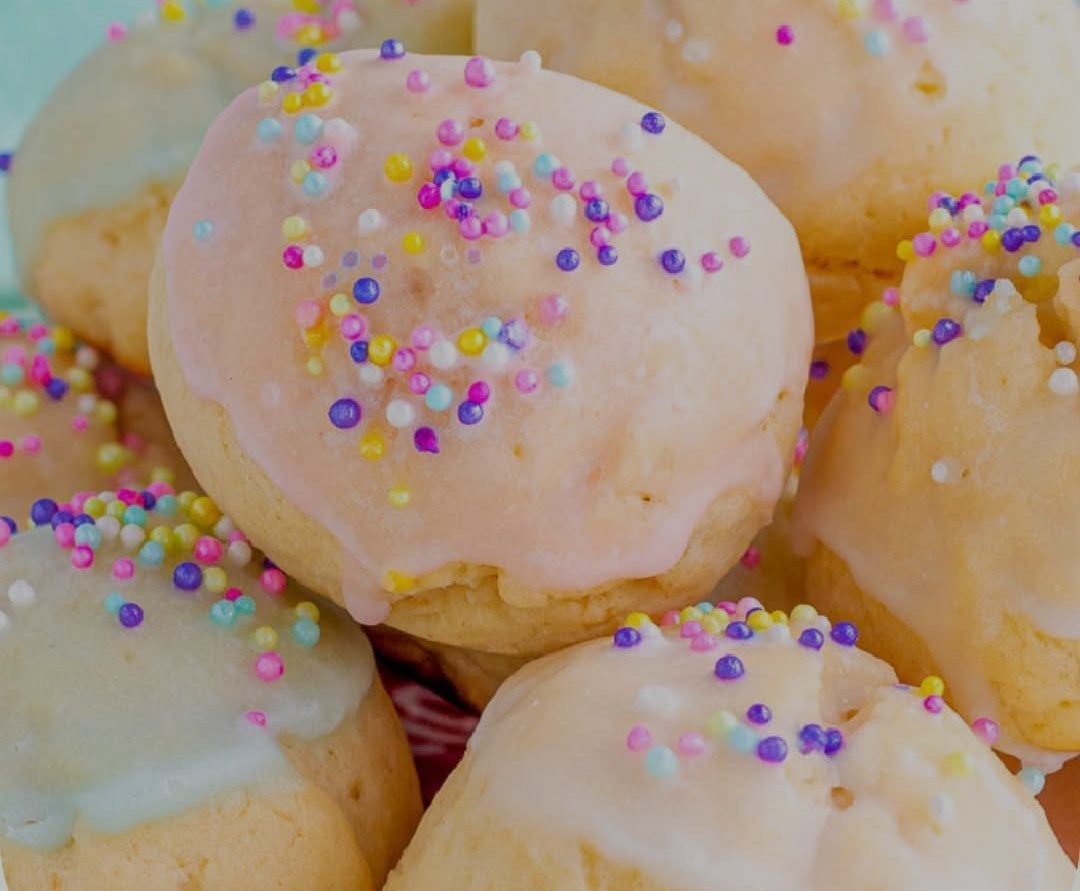Easter Italian Cookies: A Delightful Tradition
Easter in Italy is a time of celebration, family gatherings, and delicious traditional foods. Among the most cherished treats are Easter Italian Cookies—soft, sweet, and often decorated with colorful sprinkles or icing. These cookies come in various shapes, from braids to wreaths, and symbolize renewal and joy. They are perfect for serving at Easter brunch or gifting to loved ones.
In this guide, we will explore everything about Easter Italian Cookies, from their history and benefits to ingredients, methods, and nutrition.
History of Easter Italian Cookies
Italian Easter cookies date back centuries, with roots in various regions of Italy. In the past, families would prepare these cookies as part of Easter feasts, often using simple, wholesome ingredients like eggs, flour, and sugar. Some variations include Taralli Dolci, Ciambelline, or Pizzicati, each with its unique twist. The cookies often represent themes of Easter, such as new beginnings, resurrection, and blessings.
Benefits of Easter Italian Cookies
- Nutritious Ingredients – Made with eggs, flour, and sometimes lemon zest, these cookies provide essential nutrients like protein, fiber, and vitamins.
- Symbolic Meaning – Easter cookies hold cultural and religious significance, making them meaningful treats.
- Family Tradition – Baking these cookies brings families together, creating lasting memories.
- Versatility – They can be decorated in many ways, allowing for creativity.
- Perfect for Gifting – These cookies are excellent as holiday gifts, packed in beautiful boxes.
Ingredients for Easter Italian Cookies
For the Cookies:
3 cups all-purpose flour
1 cup granulated sugar
1/2 cup unsalted butter (softened)
3 large eggs
1 tablespoon baking powder
1 teaspoon vanilla extract
1/2 teaspoon almond extract (optional)
1/2 teaspoon salt
1/4 cup milk
Zest of 1 lemon
For the Glaze:
1 cup powdered sugar
2 tablespoons milk
1/2 teaspoon vanilla extract
Colored sprinkles (for decoration)
Instructions to Make Easter Italian Cookies
Step 1: Prepare the Dough
- In a large bowl, whisk together flour, baking powder, and salt.
- In another bowl, beat butter and sugar until light and fluffy.
- Add eggs one at a time, mixing well after each addition.
- Stir in vanilla extract, almond extract, and lemon zest.
- Gradually add the dry ingredients to the wet mixture, alternating with milk, until a soft dough forms.
Step 2: Shape the Cookies
- Preheat your oven to 350°F (175°C).
- Line a baking sheet with parchment paper.
- Take small portions of dough and shape them into balls, braids, or rings.
- Place them on the baking sheet, leaving space between each cookie.
Step 3: Bake the Cookies
- Bake for 10–12 minutes or until the bottoms are lightly golden.
- Let the cookies cool on a wire rack.
Step 4: Prepare the Glaze
- In a small bowl, mix powdered sugar, milk, and vanilla extract until smooth.
- Dip each cooled cookie into the glaze and sprinkle with colored decorations.
- Let the glaze set before serving.
Methods of Making Easter Italian Cookies
- Traditional Hand Kneading – Ensures a soft and well-mixed dough.
- Using a Stand Mixer – Speeds up the process and ensures even mixing.
- Rolling and Cutting – Creates unique festive shapes like crosses, wreaths, or eggs.
- Baking Variations – Some families bake cookies twice for extra crunchiness.
Nutritional Information (Per Cookie)
(Note: Values are approximate and may vary based on ingredients.)
Formation of Easter Italian Cookies
These cookies can be formed into different traditional shapes:
- Rings (Ciambelline) – Represent eternity and unity.
- Braids – Symbolize the intertwining of faith and life.
- Egg Shapes – Represent new life and resurrection.
- Cross Shapes – A tribute to the religious significance of Easter.
Lovers of Easter Italian Cookies
Easter Italian Cookies are beloved by:
Families – Who pass down recipes through generations.
Children – Who love decorating them with sprinkles and icing.
Bakers – Who enjoy experimenting with different flavors and shapes.
Food Enthusiasts – Who appreciate traditional and cultural delicacies.
Religious Communities – Who incorporate them into Easter celebrations.
Conclusion
Easter Italian Cookies are more than just a sweet treat—they are a symbol of tradition, love, and celebration. Their simple yet delicious flavors make them a staple during Easter festivities, bringing people together to enjoy the spirit of the holiday. Whether you’re baking them for family, friends, or just yourself, these cookies will surely add joy to your Easter table.
So why not start a new tradition this Easter and bake a batch of these delightful cookies? Happy baking and Buona Pasqua! (Happy Easter!)
